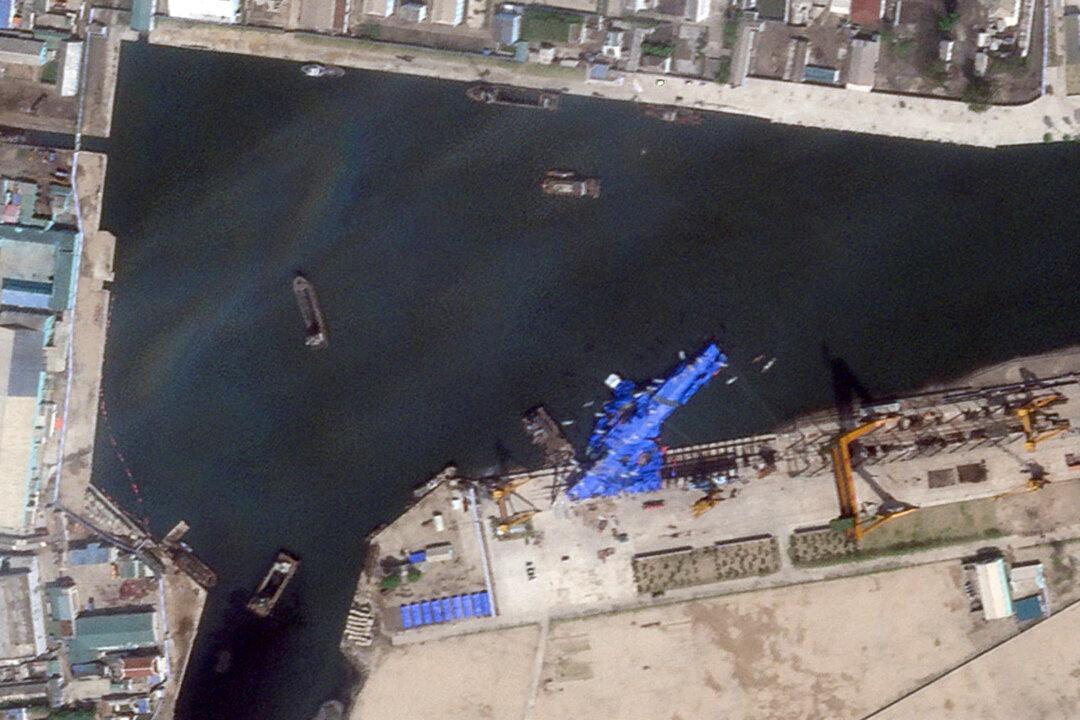Commentary
On May 21, 2025, North Korea’s much-anticipated launch of a 5,000-ton warship ended in embarrassment when the vessel ran aground during the slipway launch process at the northeastern port of Chongjin. What was intended as a grand demonstration of Pyongyang’s naval modernization ambitions devolved into a technical and political failure, prompting immediate arrests of senior shipyard officials and internal purges. While the incident may appear on the surface to be a construction mishap, its implications run far deeper—illuminating the contradictions, vulnerabilities, and persistence of North Korea’s defense strategy.




